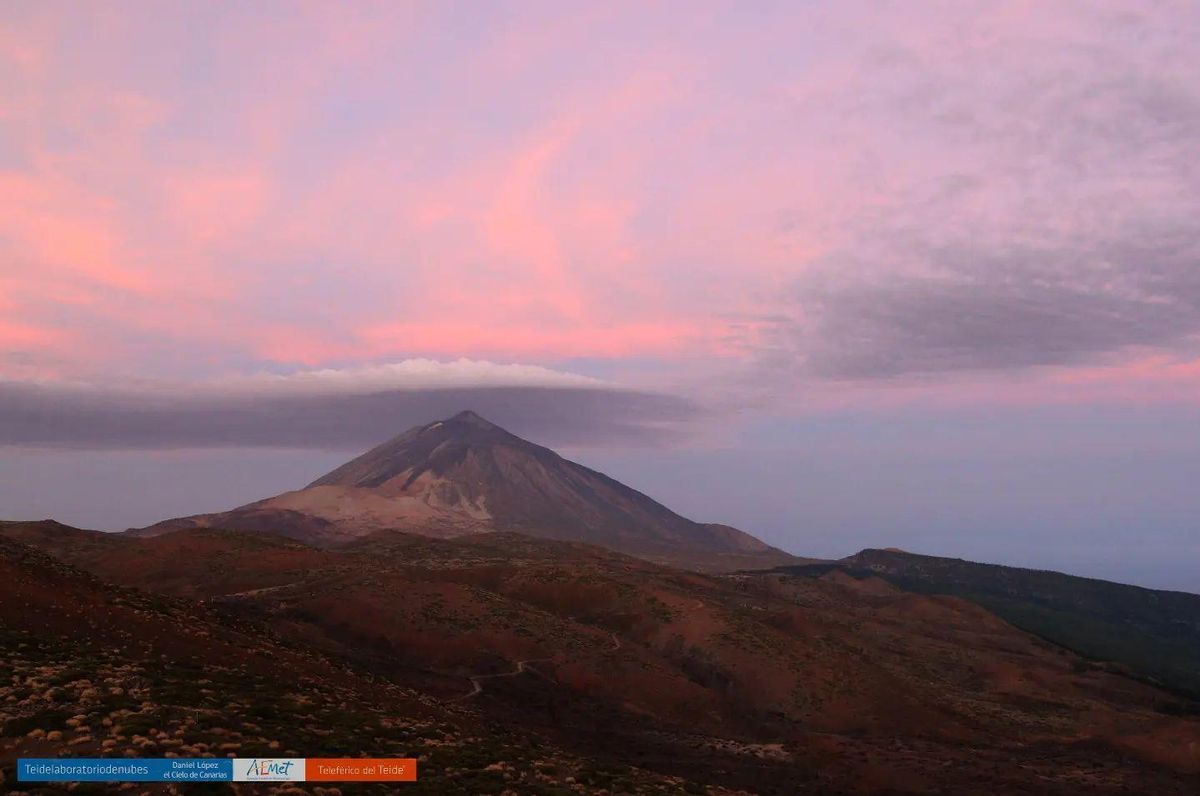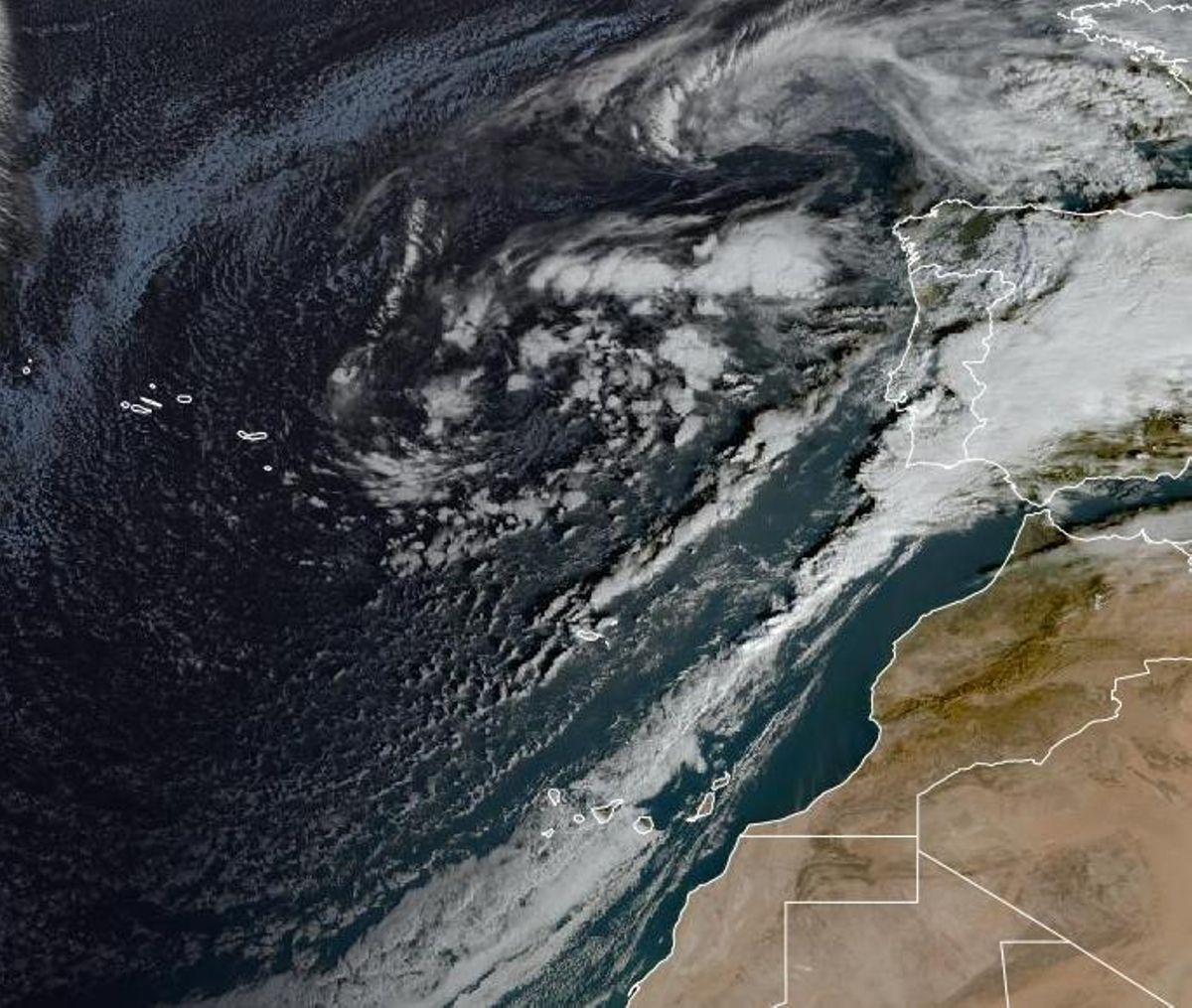“More than a thousand years will elapse, and many more,” proclaimed the song crafted by Eydie Gormé and Los Panchos, which Luis Miguel later interpreted, delighting his audience. Though not quite that long, ‘only’ 71 years old, we hope that Teide National Park will mark its milestone beyond the millennium. On this day, January 22, but in 1954, this paradise located in Tenerife was designated as a National Park.
Its age renders it the largest and oldest of the national parks in the Canary Islands, ranking third nationally. This natural marvel, shaped by eruptions and climatic erosion, was also recognised as a UNESCO World Heritage Site in 2007, the same year it was acknowledged as one of the 12 Treasures of Spain.
An Announcement of ‘Hat’
An anniversary that ‘Father’ Teide commemorates with a delicate white veil in its highest areas, complemented by its characteristic announcing hat encircling its summit. This accumulation of clouds, which occurs multiple times throughout the year, is referred to as lenticular altocumulus. Its form, resembling a hat, a disc, or a UFO, typically appears in the highest section of the National Park.
This phenomenon, which maintains a stationary outline, seems to remain still on the peak of Teide, even when strong winds are present. Specific humidity conditions are required for condensation to take place. This phenomenon arises as the volcano’s elevation acts as a barrier, disrupting the normal airflow.

Teide dons its ‘hat’ / Daniel Lopez
This alteration causes the air waves to shift to the side opposite the wind. These waves ascend the mountain, where the moisture cools and condenses, leading to cloud formation. Conversely, this wave descends, warming the air and dehydrating it, hindering further cloud development in that region.
Active Pre-alerts
The saying goes that “When Teide wears a hat, rain and downpours will follow.” Currently, Tenerife is yet to experience significant rainfall, but storm Garoé is approaching, leading the island to enter several pre-alerts. The Government of the Canary Islands has activated this situation in anticipation of wind, coastal phenomena, storms, and rain.
In this scenario, there are various recommendations to keep in mind:
Stay Informed
- Adhere to official alerts from meteorological and civil protection authorities.
- Monitor updates through trustworthy sources such as weather applications, radio, television, or official social media channels.
- Pay attention to the alert colours (yellow, orange, red) to gauge the risk level.
Avoid Unnecessary Travelling
- If feasible, remain at home during the alert.
- If you must drive, steer clear of flood-prone areas such as tunnels, underpasses, or routes adjacent to rivers.
- Plan alternative paths in case of flooding and adhere to traffic signs.

Storm Garoé situation early on Tuesday. / The Day
Securing Your Surroundings
- Remove loose items from patios, terraces, or balconies that could be blown away by wind or water.
- Clear drains, gutters, and downpipes to avoid water accumulation.
- Inspect doors and windows to prevent leaks.
Steer Clear of Hazardous Areas
- Do not approach rivers, ravines, streams, or coastlines during the storm, as these can overflow rapidly.
- Maintain distance from tall trees or structures that may attract lightning.
- Avoid contact with downed light poles or power cables.
Have an Emergency Plan
- Ensure all household members know what actions to take in an emergency.
- Prepare a basic emergency kit including a flashlight, battery-operated radio, spare batteries, drinking water, non-perishable food, and essential medications.
- Keep emergency contacts and a charged phone readily available.
















